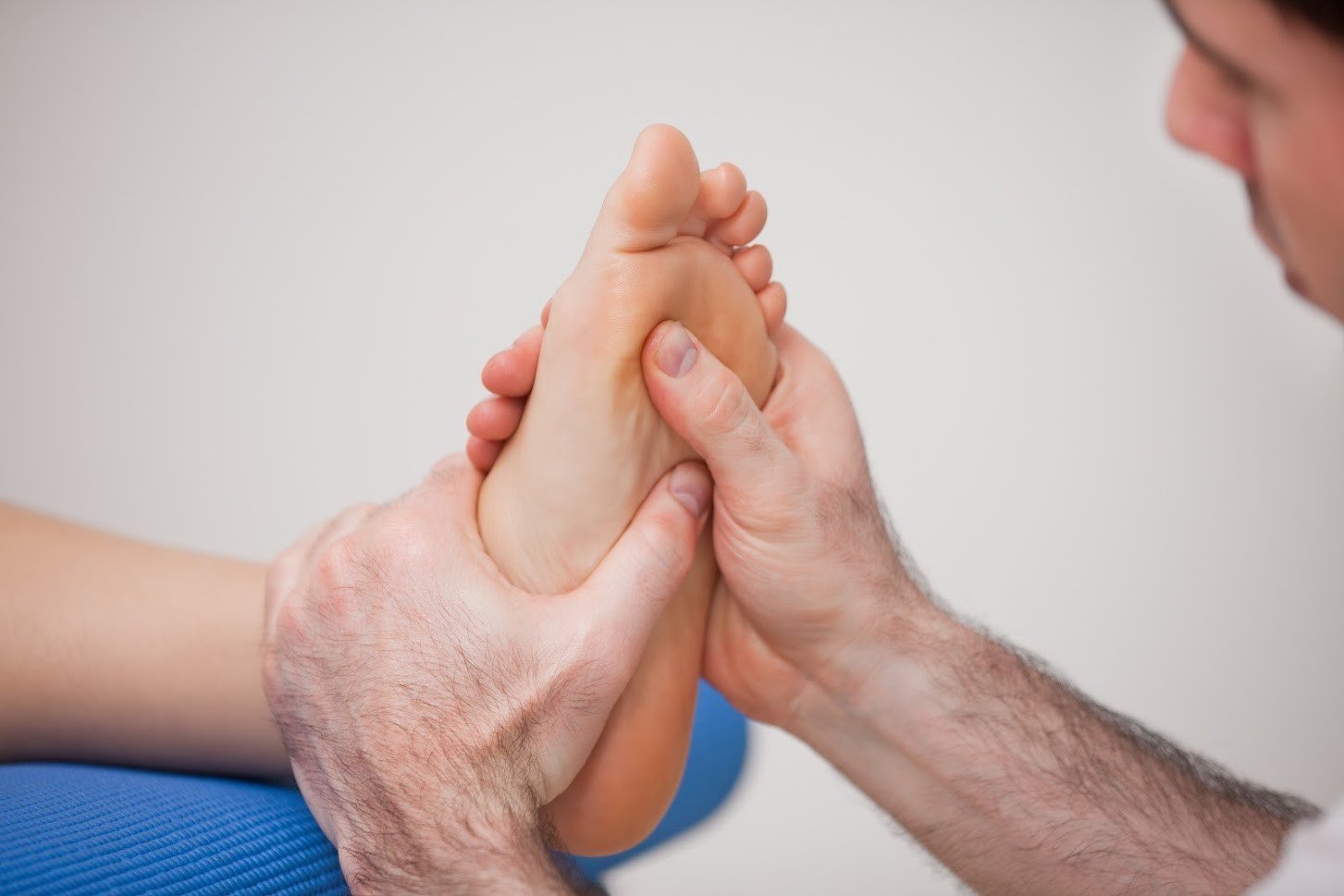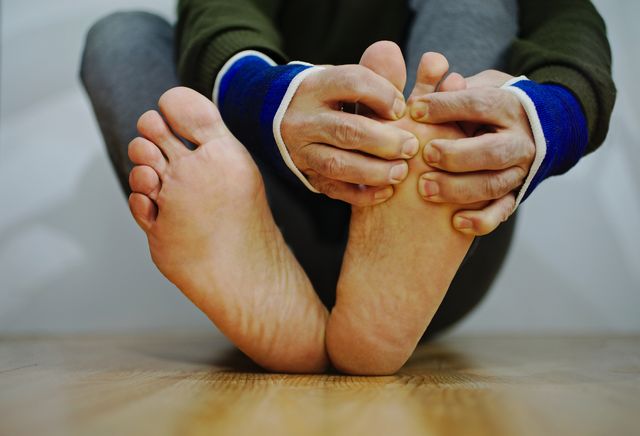Before diving into home remedies, it’s vital to understand turf toe and the common symptoms it presents. This injury occurs when the big toe is forcibly bent upward, resulting in pain, swelling, and limited mobility. In this blog, we’ll explore practical home remedies and tips to alleviate the pain and swelling associated with turf toe. For expert help and a faster recovery from turf toe, contact Specialty Care Clinics at (469) 545-9983 today. Your path to pain-free mobility starts here.
The Importance of Rest and Elevation
One of the first and most critical steps in managing turf toe is providing your foot with the rest it needs. Elevating the affected foot helps reduce swelling and inflammation:
Rest and Elevation
- When sitting or lying down, keep your foot elevated.
- Avoid putting excess weight on the affected toe.
- Elevating the foot for 15-20 minutes several times a day can significantly reduce swelling.
Icing for Pain Relief
Icing the injured area is a well-known method to manage pain and reduce inflammation:
- Apply an ice pack wrapped in a thin cloth to the injured toe for 15-20 minutes at a time.
- Repeat this process every 1-2 hours, especially during the initial 48 hours after the injury.
- Icing helps alleviate pain and swelling.
Toe Taping and Support
Stabilizing the toe can promote healing and provide relief:
- Use athletic tape or specialized toe tape to provide support.
- Ensure the tape is not too tight to avoid cutting off circulation.
- Taping helps limit movement and eases pain when walking or moving the affected toe.
Anti-Inflammatory Medications
Over-the-counter nonsteroidal anti-inflammatory drugs (NSAIDs) can help manage pain and swelling:
- Follow the recommended dosage instructions.
- NSAIDs like ibuprofen or naproxen can provide relief from pain and reduce inflammation.
Toe Exercises and Range of Motion
Gentle exercises can prevent stiffness and enhance healing:
- Perform gentle toe exercises, such as toe curls and toe extensions, to maintain range of motion.
- Gradually introduce exercises to avoid overexertion.
Footwear and Toe Protection
Choosing the right footwear is essential for comfort and healing:
- Choose shoes with enough arch support and cushioning.
- Consider wearing a stiff-soled shoe or a boot that restricts toe movement.
Healthy Nutrition for Healing
Proper nutrition can facilitate healing and reduce inflammation:
- Consume foods rich in antioxidants, like berries, to reduce inflammation.
- Ensure you maintain a balanced diet to support overall healing.
Know When to Seek Professional Assistance
While these home remedies can be effective, it’s crucial to recognize when professional help is needed. Consult a doctor if you have any of the following symptoms:
- Severe pain and swelling that doesn’t subside.
- Significant difficulty walking or moving your toe.
- Continued instability or weakness in the toe.
- Popping or clicking sounds during movement.
- Recurrent turf toe injuries.
A Speedy Recovery Awaits
Managing pain and swelling in turf toe at home is achievable with these practical remedies and tips. By prioritizing rest, elevation, icing, taping, anti-inflammatory medications, exercise, proper footwear, and a healthy diet, you can accelerate your recovery and alleviate discomfort.
However, always be attentive to your body’s signals. If you encounter severe or persistent symptoms, don’t hesitate to consult a healthcare professional to ensure you receive the appropriate care for a speedy recovery. With these strategies, you’ll be back on your feet and pain-free in no time, ready to enjoy your active lifestyle to the fullest.


